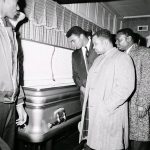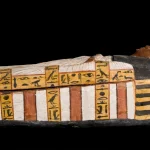A Portrait of Endurance in 1939 Oklahoma
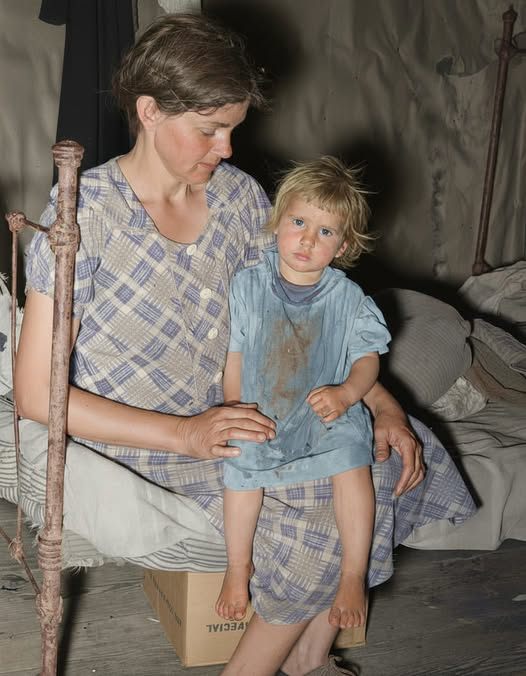
A Portrait of Endurance in 1939 Oklahoma
It was 1939 in McIntosh County, Oklahoma, a time and place shaped by hardship. The nation was slowly emerging from the Great Depression, but in the hills of eastern Oklahoma, survival remained uncertain for tenant farmers and their families.
On a ridge above the dust and fields, a woman stood outside her weathered wooden home. Her dress, patched and faded, bore the signs of years of labor. Her hands, calloused and cracked, told the story of unending work — tending to fields, washing clothes by hand, carrying water, and doing all she could to stretch what little they had.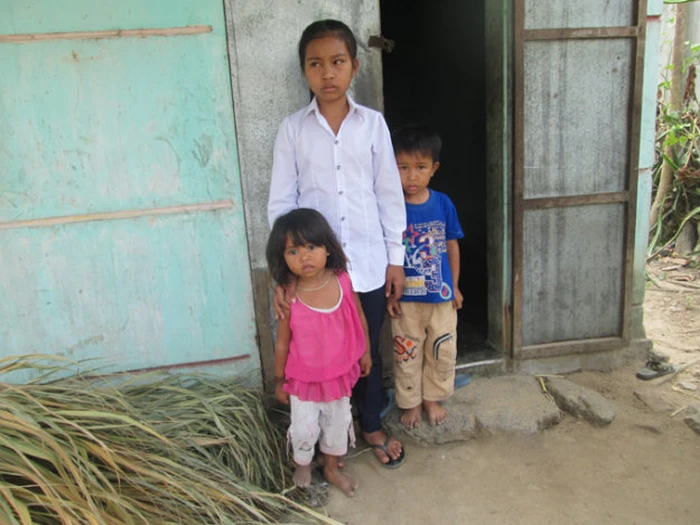
At her side stood her daughter, a small girl no more than seven or eight. She was barefoot, her feet hardened to the rough earth. She clung quietly to her mother’s skirt, her eyes wide with innocence, yet shadowed by the silent burden of hunger she could not yet name.
They lived as tenant farmers, working land that did not belong to them. Each season was a gamble. The soil gave back only enough to pay rent to the landowner and barter for meager food supplies. A bad harvest meant debt. A good harvest meant only the chance to try again.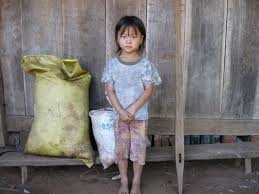
Yet in that simple moment — the wind stirring the dry Oklahoma dust, the sun sinking low across the rolling hills — they stood together, mother and daughter. It was not a picture of prosperity, but of resilience.
For all the hardships, there was strength. The woman’s gaze carried determination, the kind that comes when choice has been stripped away and only endurance remains. The girl’s presence at her side was both fragile and unbreakable, a reminder that even in poverty, love tethered them to hope.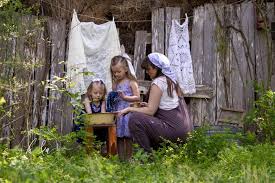
Across the Great Plains, thousands of families shared a similar story. Some packed their belongings and moved west, chasing rumors of opportunity in California. Others, like this family, stayed rooted to the soil they knew, even if it never truly belonged to them.
History often remembers the 1930s through sweeping accounts of economic collapse, migration, and political reform. Yet its truest legacy may be found in moments like this — an ordinary family standing in the face of hardship, refusing to give in.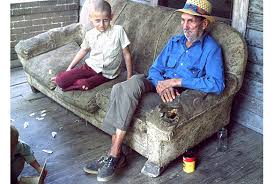
That image of a mother and daughter on an Oklahoma hill is more than a memory of poverty. It is a testament to quiet strength, carved from hard soil and harder times.




